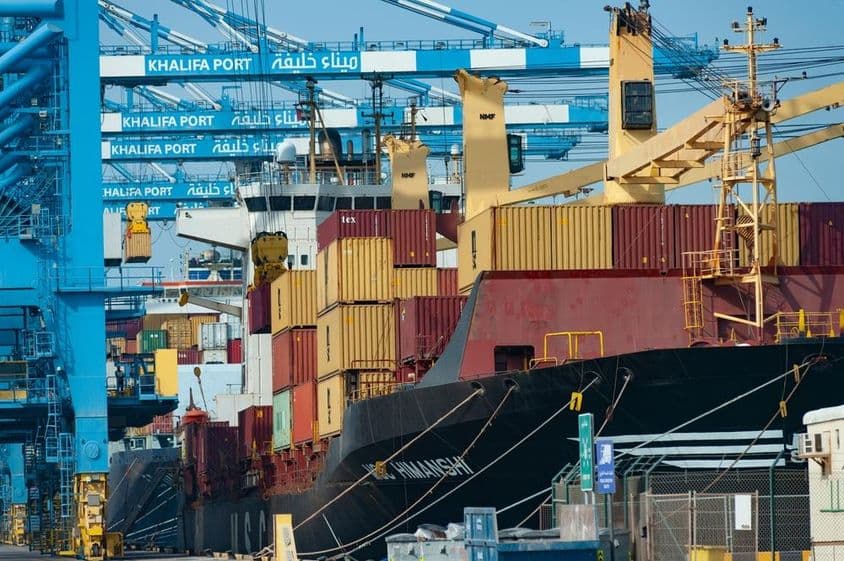UAE Sets Record With $5.23 Trillion Trade

UAE's Foreign Trade Reaches Record $5.23 Trillion in 2024 - 49% Growth Over Three Years
The United Arab Emirates' foreign trade reached 5.23 trillion dirhams in 2024, marking a 49% increase from 3.5 trillion in 2021, according to the latest data from the World Trade Organization. This remarkable achievement reflects not only economic performance but also the country's openness, connection to global markets, and role as a global trade hub.
Significant Progress in Global Rankings
The UAE advanced from 17th to 11th place in goods exports globally, and from 18th to 14th in the import rankings over three years. In 2024, the country accounted for 2.5% of global goods exports and 2.2% of imports. The export value reached 2.2153 trillion dirhams, while imports totaled 1.9802 trillion.
The country's trade surplus was 492.3 billion dirhams, reflecting stable economic performance amid global economic challenges.
Digital Services: The New Engine
The UAE's digital services export rose to 191 billion dirhams in 2024, up from 136 billion in 2021. The total digital service trade amounted to 345 billion dirhams, representing one-third of the total service export. With this, the UAE ranks 21st in digital exports, strengthening its role as a technology hub in the region.
Service Market Growth
The total service market trade was 1.036 trillion dirhams in 2024, with exports at 646.6 billion and imports at 389.4 billion. The sector saw growth in information services by 14%, tourism by 13%, computing services by 12%, financial services by 9%, and transportation, intellectual property, and insurance by 8%.
The UAE moved to 13th in global service exports and 21st in imports, with services contributing to 20% of total foreign trade.
The Middle East's Leading Exporter
The UAE contributed 41.4% of the Middle East's $1.5 trillion goods export. The region saw a 3.7% growth in goods and a 4.1% increase in services in 2024. Globally, the UAE represents 2% of service exports and 1.3% of imports.
Sector-Specific Commodity Performance
Notable changes occurred in commodity markets as well. Exports in office equipment and telecommunications grew by 10%, electronics by 6%, and agricultural products, food, and clothing each by 3%. Industrial products grew by 2%, chemicals and textiles by 1%. In contrast, oil and mining products fell by 7%, iron and steel by 6%, and cars by 1%.
This contrasts sharply with the modest global growth observed: global goods trade increased by only 2%, reaching $24.43 trillion, and services grew by 6.8%.
Future Prospects
Global economic forecasts predict a 0.2% decline in goods trade by 2025, yet the UAE starts from a strong position. The country's economy grew by 1.6% in 2024, with forecasts predicting a 3.2% growth in 2025 and 3.5% in 2026. A diverse economy, innovation-led strategies, and established infrastructure all contribute to the UAE maintaining its stable and pivotal role in global trade.
Conclusion
The UAE sets an example for how to grow amidst global uncertainty: with openness, digitalization, international cooperation, and a diversified economy. The country is not only a leading commercial power in the Middle East but increasingly becoming a key global player—bridging eastern and western markets, facilitating the free flow of goods, services, and innovations.
(The article is based on data from the World Bank.)
If you find any errors on this page, please let us know via email.


